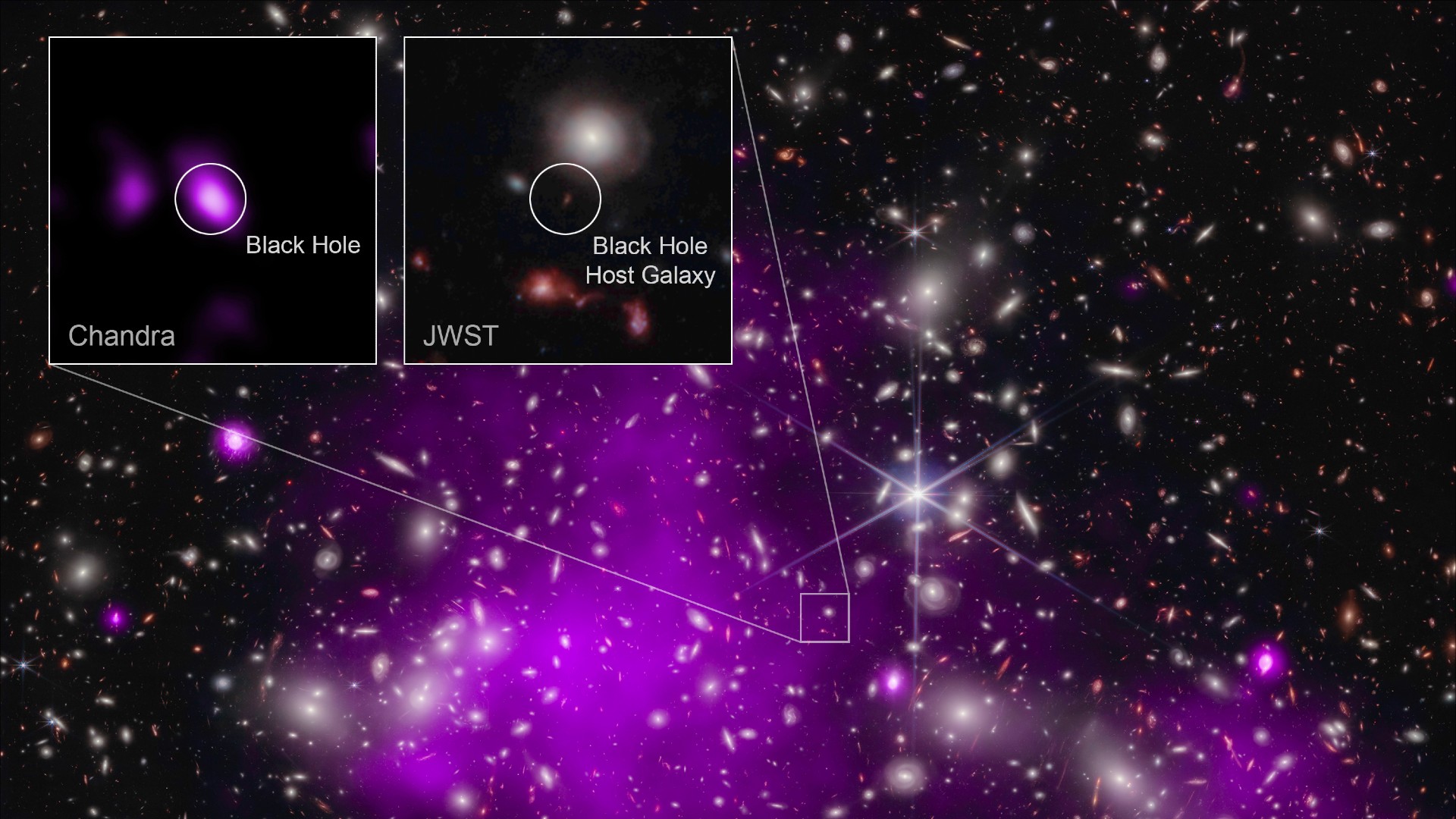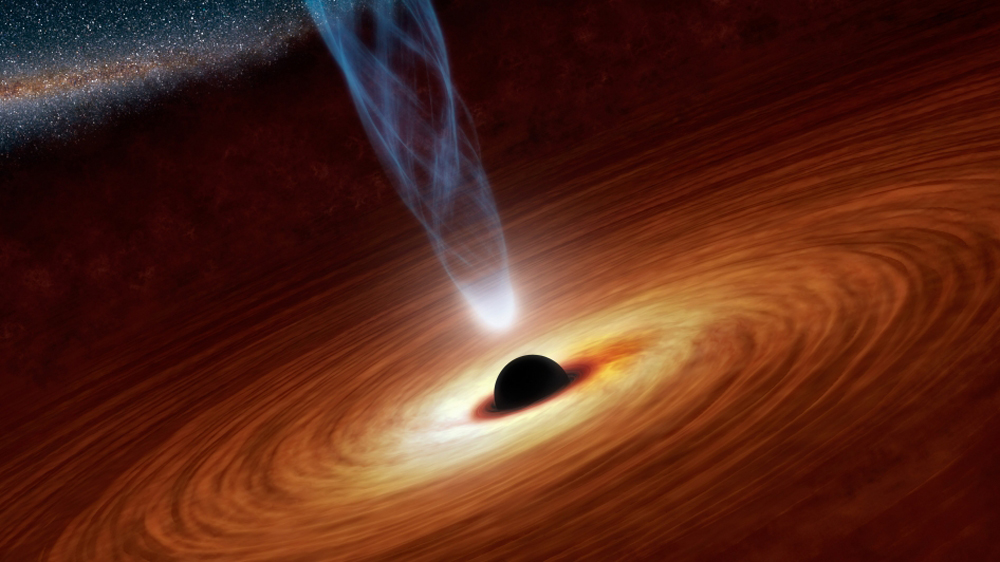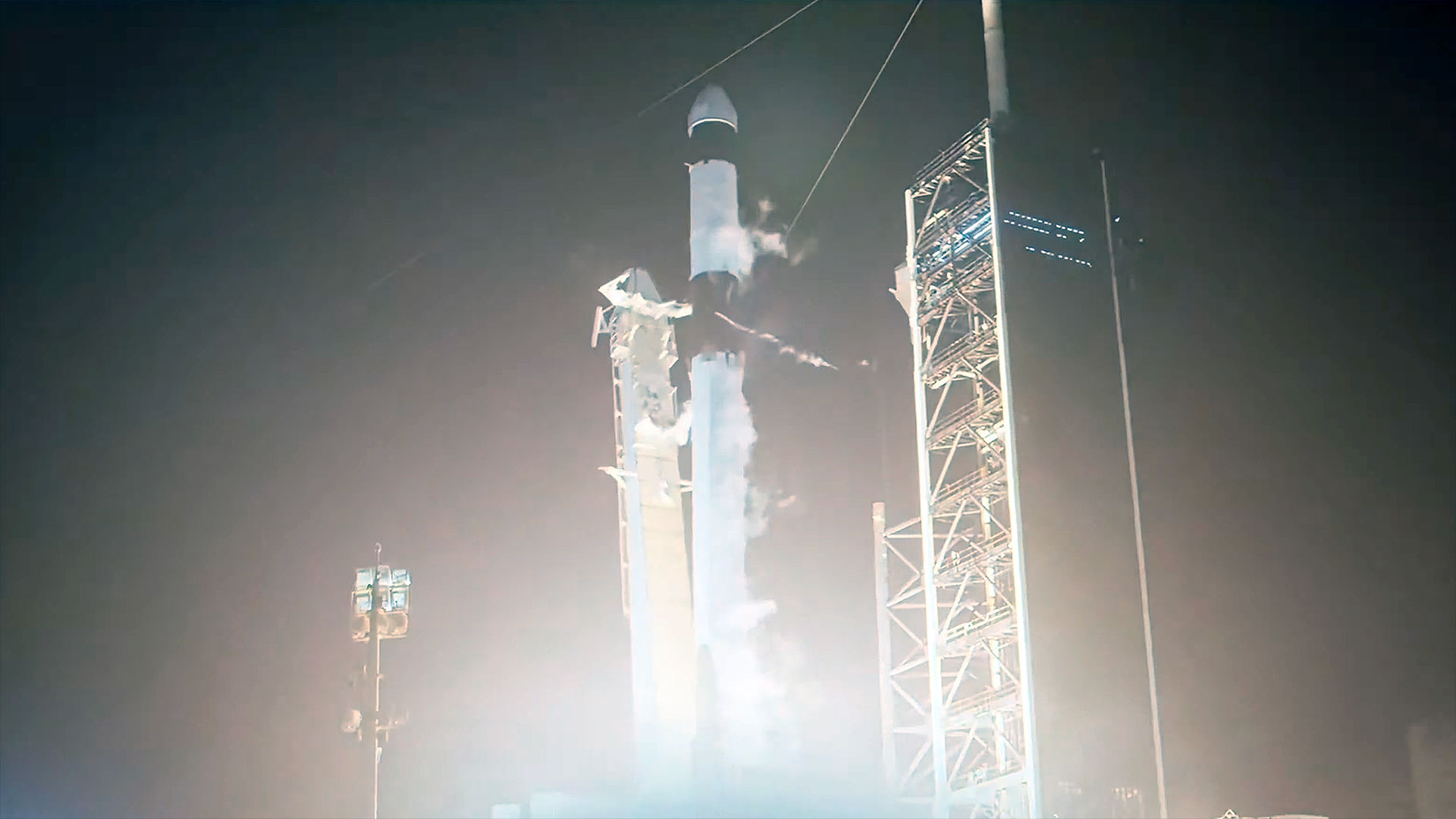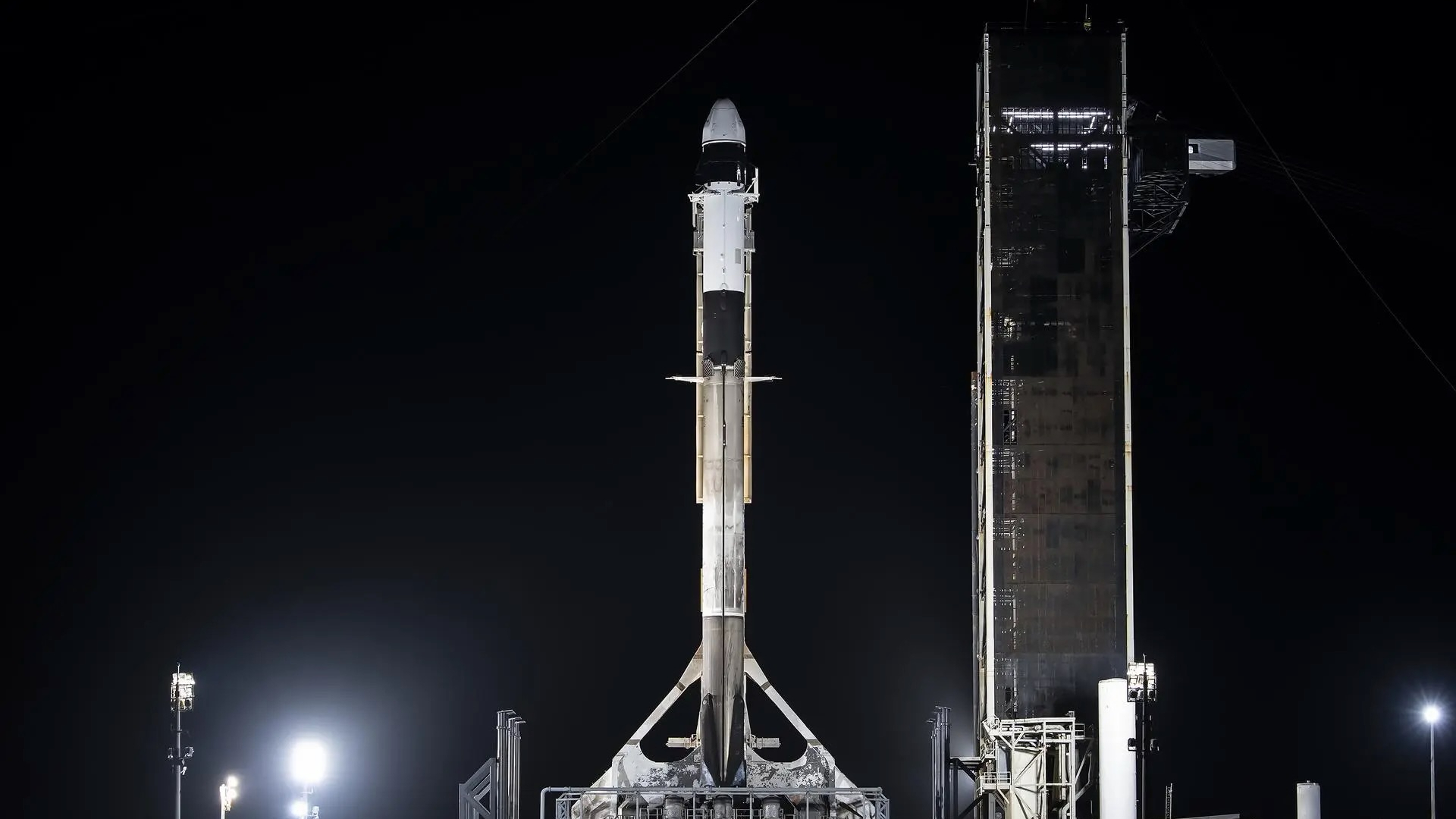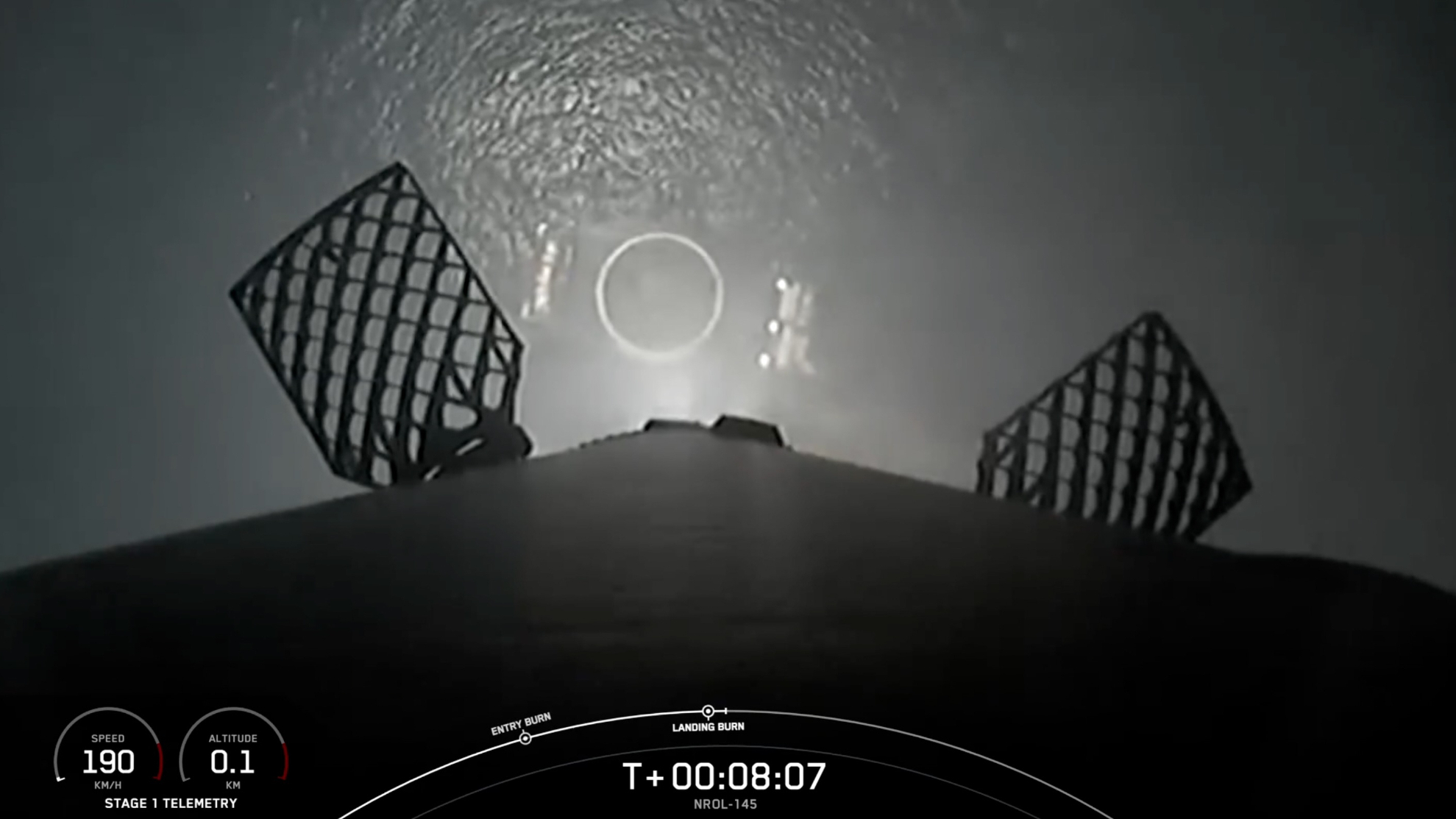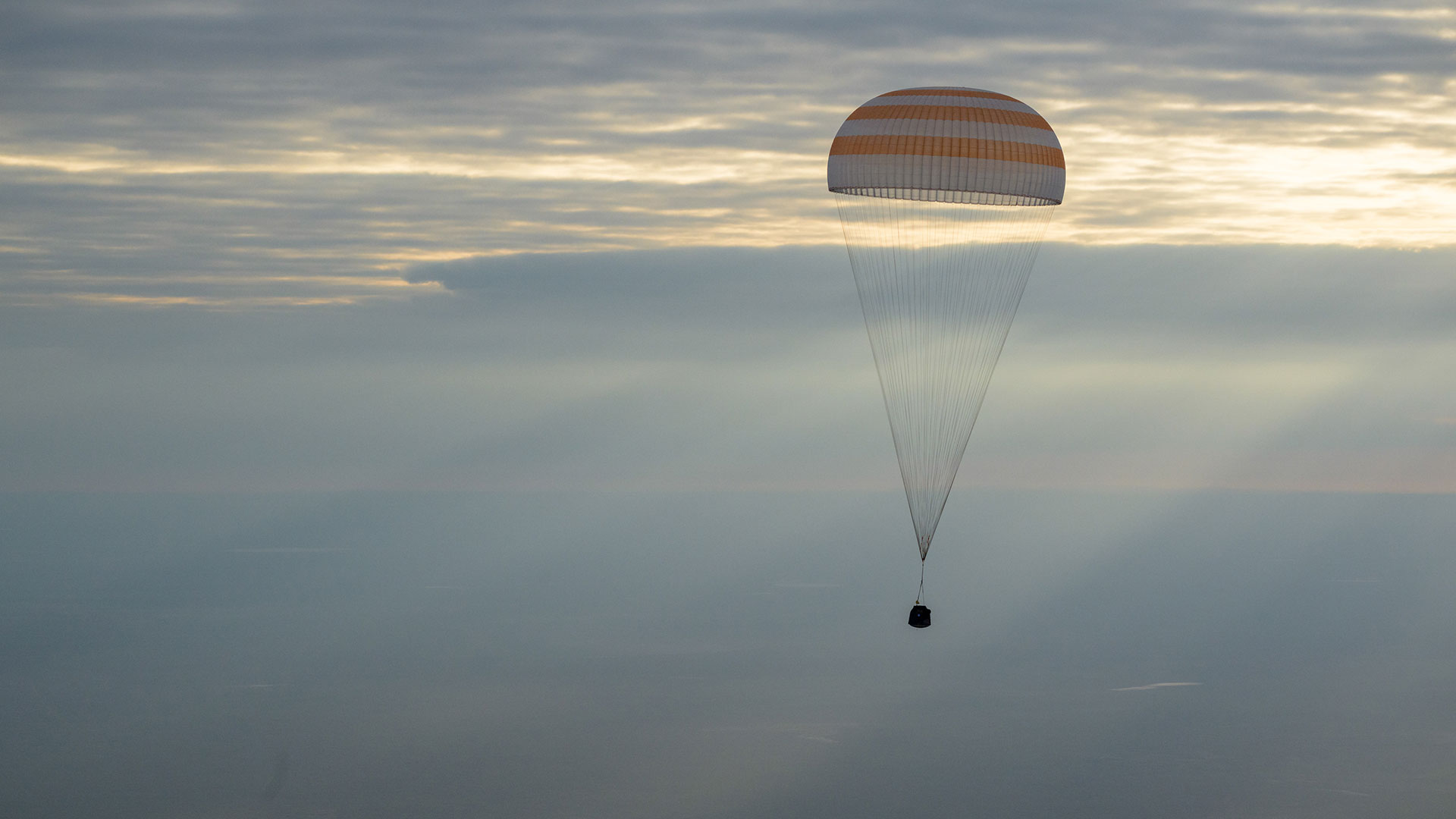NASA's X-59 'quiet' supersonic jet aces key 'cruise control' test ahead of 1st flight
"This test confirmed that all components — software, mechanical linkages, and control laws — work together as intended."
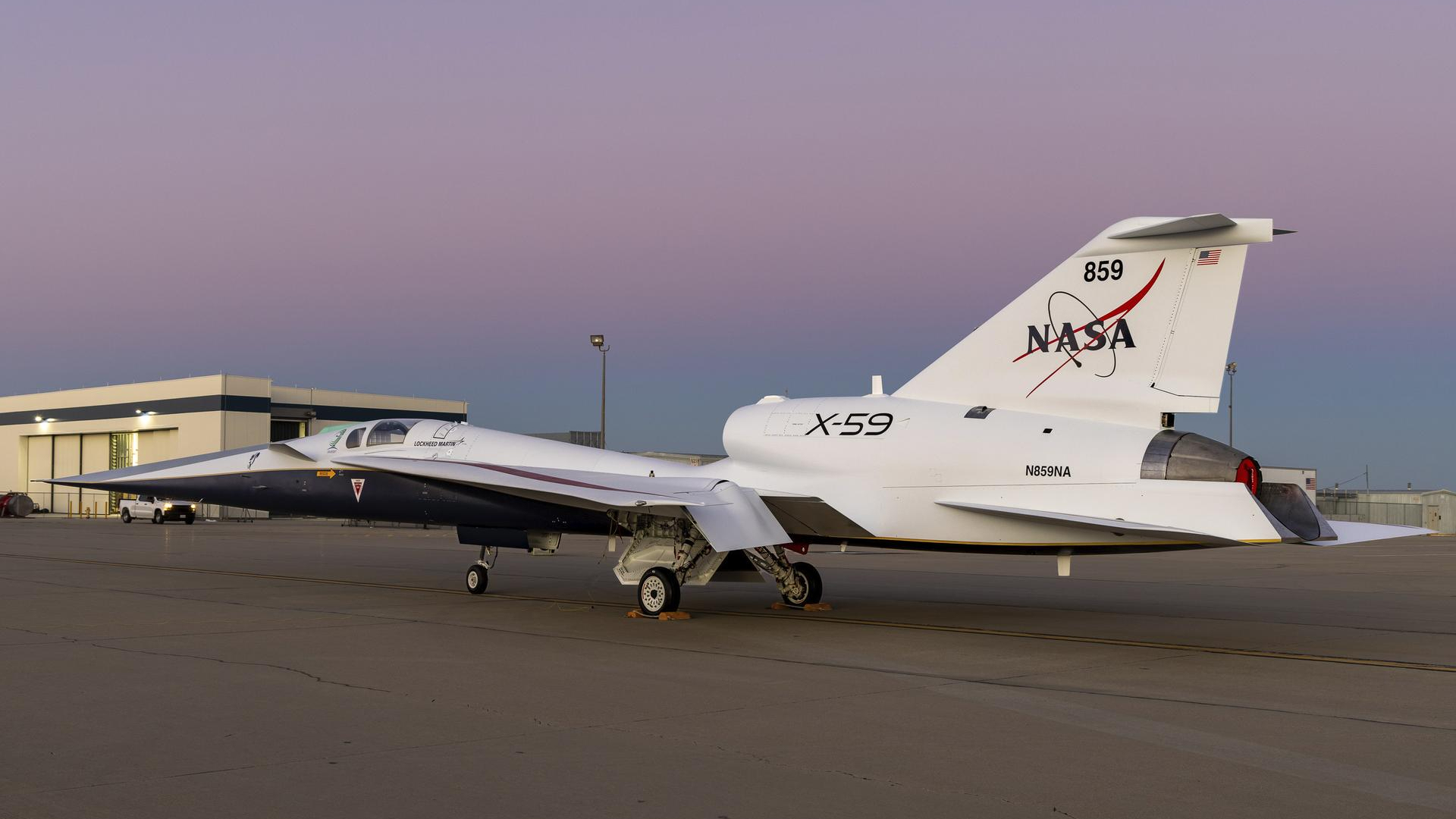
NASA's new X-59 supersonic jet is a step closer to flight after passing an important ground test in March.
Known as "engine speed hold," the test ensured that the X-59 can maintain a specific speed when it flies for the first time later this year.
"Engine speed hold is essentially the aircraft's version of cruise control," Paul Dees, NASA's X-59 deputy propulsion lead at Armstrong Flight Research Center in California, said in a statement. "The pilot engages speed hold at their current speed, then can adjust it incrementally up or down as needed."
The X-59 team tested the "cruise control" function earlier as an isolated system. But an aircraft's many systems must work in harmony during flight. For this recent test, the team used the speed hold after integrating it more widely into the X-59's avionics system.
Related: NASA's X-59 quiet supersonic jet clears 'major hurdle' ahead of 1st flight (photos)
"We needed to verify that speed hold worked not just within the engine itself but as part of the entire aircraft system," Dees said. "This test confirmed that all components — software, mechanical linkages, and control laws — work together as intended."
NASA and Lockheed Martin have been working on the X-59 for a while. It was developed under NASA's Quesst (Quiet SuperSonic Technology) program. The aircraft is designed to hit supersonic speeds without creating an audible sonic boom, a typical side effect of supersonic flight.
Get the Space.com Newsletter
Breaking space news, the latest updates on rocket launches, skywatching events and more!
Because sonic booms are disruptive, supersonic flight is prohibited over populated areas in the U.S. The quiet X-59 could therefore advance the goal of flying at supersonic speeds across the country.
In February, NASA and Lockheed Martin conducted electromagnetic interference tests on the X-59. The test made sure that the aircraft's onboard sensors, radio and navigation equipment all worked without interfering with each other.
In January, the X-59 team tested the aircraft's afterburner, which injects more fuel into the jet engine's hot exhaust. This test verified engine performance, to ensure that the X-59 can meet the requirements for supersonic speed.
This latest test confirmed that the X-59 can cruise at a precise speed, which frees up the pilot to do other work during the flight. NASA said that cruising speed is also important for pilot safety.
"The pilot is going to be very busy during first flight, ensuring the aircraft is stable and controllable," Dees said. "Having speed hold offload some of that workload makes first flight that much safer."
Join our Space Forums to keep talking space on the latest missions, night sky and more! And if you have a news tip, correction or comment, let us know at: community@space.com.
Julian Dossett is a freelance writer living in Santa Fe, New Mexico. He primarily covers the rocket industry and space exploration and, in addition to science writing, contributes travel stories to New Mexico Magazine. In 2022 and 2024, his travel writing earned IRMA Awards. Previously, he worked as a staff writer at CNET. He graduated from Texas State University in San Marcos in 2011 with a B.A. in philosophy. He owns a large collection of sci-fi pulp magazines from the 1960s.
You must confirm your public display name before commenting
Please logout and then login again, you will then be prompted to enter your display name.


